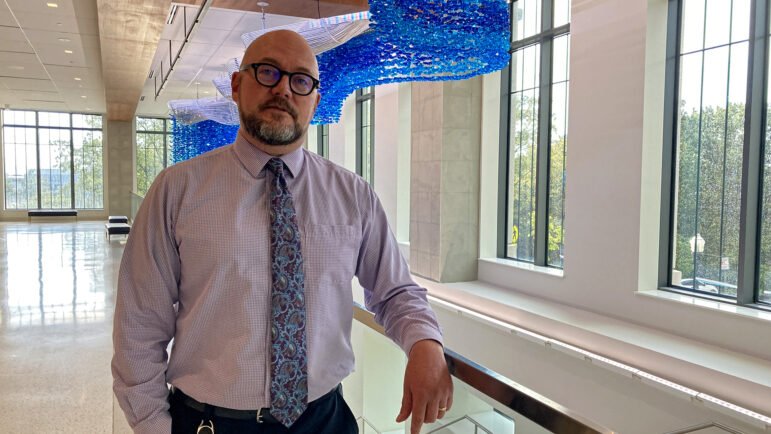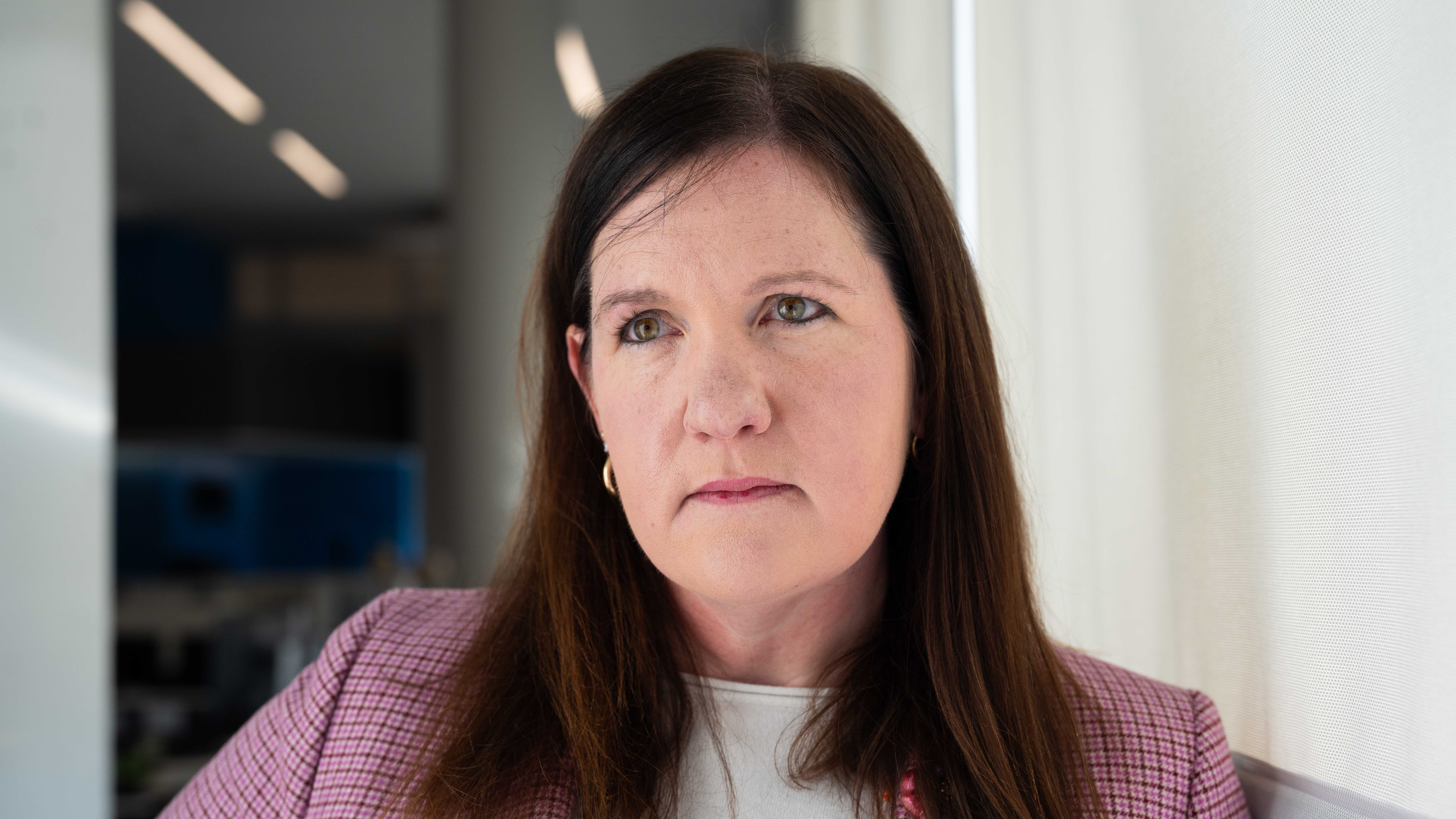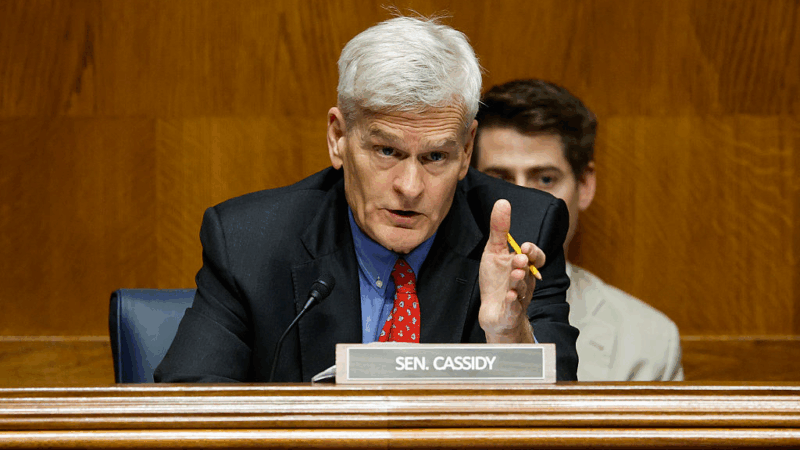Huntsville is growing fast. Here’s how it’s stayed affordable
Rachel Ramos and her daughter, Raina, feed ducks at a Huntsville, Alabama, park on September 22, 2025. Ramos said she’s concerned about the city staying affordable as it grows, but so far, it’s remained cheaper than other places she’s lived.
Huntsville, Alabama, has pulled off a bit of a magic trick. It’s one of the fastest-growing cities in the country, yet it remains affordable.
Yes, housing prices are up. The city reported that, on average, single-family homes sold for $400,000 last year — double the price it was a decade ago.
But those housing costs in Huntsville are still well below the national average. Prices in other booming cities, like Nashville and Austin, have risen far faster. Even slower-growing Chattanooga’s housing market became costlier much quicker than in the Rocket City.
To find out how Huntsville has kept prices from running away, we spoke with Dennis Madsen, the city’s manager of urban and long-range planning.

Build, build, build
City planning involves plenty of best guesses, Madsen said. And for Huntsville, it seemed like an obvious bet 10 years ago to prepare for an upcoming housing crisis.
“That was a crystal ball that was fairly clear, because you were seeing it happen nationally,” Madsen said. “The housing crisis is a national crisis.”
Madsen said in that case, the best way to prepare is to build more homes.
“Just making sure we’re getting a lot of housing supply on the ground,” Madsen said. “Since 2020, just within the city of Huntsville, we put 16,000 apartment units on the grounds.”
Of course, that’s easier to do when there’s room to grow, which is one of Huntsville’s biggest advantages. Surrounded by rural land, the city added about 13 square miles to its borders from 2014 to 2023, according to AL.com.
Diversity of housing stock
Many other cities are locked in by their neighbors and don’t have room to grow like Huntsville does. Madsen said even for those places, they can still tap into another one of his city’s tactics — diversifying housing.
Last year, Huntsville gave permits to build not just 900 traditional homes, but also 200 townhouses and 1,400 apartments. And while building cheaper apartments makes sense for affordability, Madsen also said some of the more expensive units going up help keep prices under control.
“What that means is that people who can afford those [expensive apartments] can move into those. If those don’t exist, then they start to look downstream,” Madsen said. “Because there is nowhere else for folks who are willing to pay $2,000 for a unit, there’s nowhere else for them to go. They’ll start looking at units that are less expensive, and they start pushing those folks out of the markets.
“So the more supply you can get on the ground, even if the new supply is more expensive, it takes pressure off some of the older supply.”
Updating old rules
Having a variety of houses, and a lot of them, is seemingly simple advice. So why have other growing cities struggled to keep costs down?
Part of it is that building houses takes time. The other is that old zoning codes restrict many cities — codes Madsen said were based on the traditional nuclear family that’s just less common today.
“You’re not seeing as many of those households while you’re seeing increases in single-parent households or grandparent households or two adults with no kids,” Madsen said.
Madsen said there are planners across the public and private sectors looking to build the type of housing that best fits the new American makeup, which means changing up codes and regulations to allow that.
Growth doesn’t have to be a bad thing
One question city planners are always thinking about is how to balance growth while keeping the city affordable.
But Madsen said it doesn’t have to be a choice between expanding and keeping costs down.
“If it’s quality growth, it can actually add to your affordability. Now you have more resources to build more quality of life amenities to diversify your housing,” Madsen said. “But it has to be intentional.”
This story was produced by the Gulf States Newsroom, a collaboration between Mississippi Public Broadcasting, WBHM in Alabama, WWNO and WRKF in Louisiana and NPR.
After Texas ruling, Trump and Republicans head to 2026 with a redistricting edge
Trump has prompted a redistricting race as he tries to maintain Republican control of the House in the 2026 elections. Democrats have fewer options to counter, as the battle heads into next year.
How China, not the U.S., became the main climate solution story in 2025
The U.S. has become a "side character" in the global story of renewable energy, experts say. China dominates the sector, with positive implications for the climate and their economy.
Supreme Court to hear case that could vastly expand presidential powers
The Supreme Court hears arguments in a case about President Trump's firing of a Federal Trade Commissioner. At stake is a 90-year precedent limiting the president's power over independent agencies.
Zelenskyy heads to London for more Ukraine peace talks. Here’s what to know
The talks signal fresh support from European allies. But they follow stalled U.S. negotiations in Miami and comments from President Trump's son suggesting Washington is ready to pull back.
Republicans push high deductible plans and health savings accounts
A Republican call to give Americans cash instead of health insurance subsidies revives an old idea that has left millions with medical debt.
Tributes, not politics, play center stage as Trump hosts the Kennedy Center Honors
President Trump said he was closely involved with picking the honorees, and on Sunday he became the first president to host the Kennedy Center awards ceremony.








